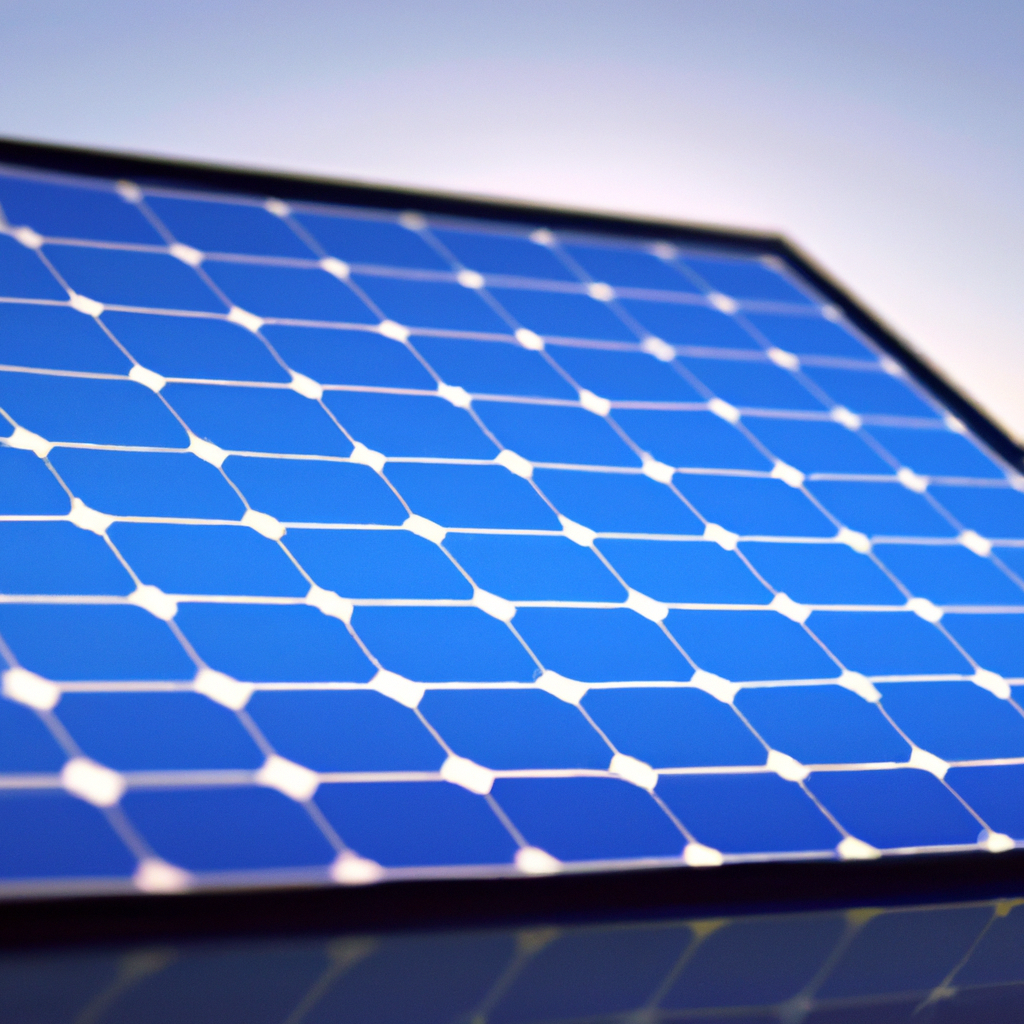Solar energy is rapidly becoming a popular source of renewable energy, and it all starts with solar cells. But how do solar cells work? In this article, we’ll take a closer look at photovoltaic technology and the science behind solar cells.
What are solar cells?
Solar cells, also known as photovoltaic cells, are devices that convert solar radiation into usable electricity. They are made up of semiconductor materials, such as silicon, which can absorb photons (light particles) and release electrons.
Solar cells are typically arranged in panels, which can be used to generate electricity for homes and businesses. These panels are commonly known as solar panels.
How do solar cells work?
The process of converting solar energy into electricity begins with the absorption of photons from sunlight. When a photon strikes the surface of a solar cell, it can be absorbed by the semiconductor material.
This absorption causes an electron to be excited from its normal state and move to a higher energy state. This higher energy electron is known as a free electron, and it can move freely through the semiconductor material.
When these free electrons move through the material, they create a flow of electricity. This flow of electricity, known as a current, can be captured and used to power electrical devices.
The flow of electricity is created by the movement of electrons from the negative side of the solar cell to the positive side. This movement is created by an electric field that is built into the solar cell.
The electric field in a solar cell is created by the doping of the semiconductor material. Doping involves adding impurities to the material to create areas of excess electrons (n-type) and areas of excess holes (p-type).
When these two types of material are brought together, they create a junction where the electric field is created. This junction is known as a p-n junction.
When sunlight strikes the p-n junction, it creates an electric field that separates the free electrons and holes. This separation creates a flow of electricity that can be captured and used as renewable energy.
Advantages of solar cells
Solar cells offer a number of advantages as a source of renewable energy. Some of these advantages include:
– Solar energy is renewable and abundant, meaning that there is no risk of running out of it.
– Solar energy is clean and produces no greenhouse gas emissions or other pollutants.
– Solar panels can be installed on rooftops and other areas that would otherwise be unused.
– Once installed, solar panels require very little maintenance and can last for up to 25 years or more.
Conclusion
Solar cells are an essential component of solar panels and offer a clean, renewable source of energy. The science behind solar cells involves the conversion of solar radiation into usable electricity through the absorption of photons and the creation of an electric field.
With the increasing demand for renewable energy sources, solar cells are becoming an important technology in the fight against climate change. By harnessing the power of the sun, we can generate clean electricity and reduce our reliance on fossil fuels.







